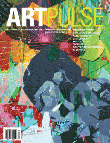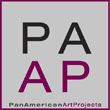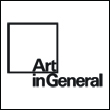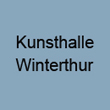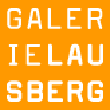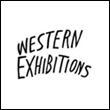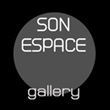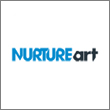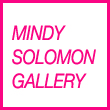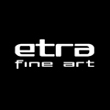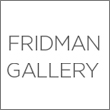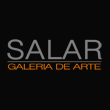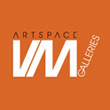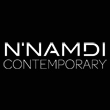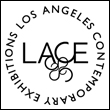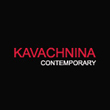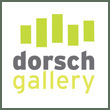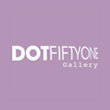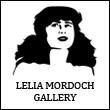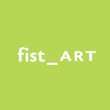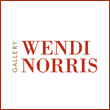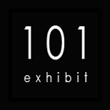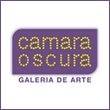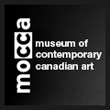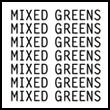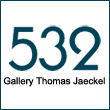« Reviews
The End of History…and The Return of History Painting
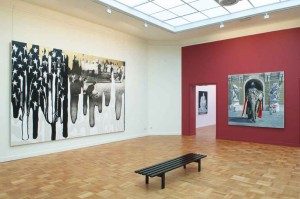
Panoramic view of “The End of History…and The Return of History Painting,” Museum for Modern Art, Arnhem. (left, Pablo Alonso – right, Ignacio Goitia). Courtesy MMKA/Marc Pluim Fotografie, Arnhem.
Museum for Modern Art - Arnhem, The Netherlands
Curated by Paco Barragán
By Catherine Somzé
Since the much-debated comeback of figurative painting at the turn of the 21st century, the age-old medium is prospering as ever on the art market. But what role can it still play in contemporary visual culture as the media has taken over its traditional function? Can it still say something about contemporary life?
“The End of History…and The Return of History Painting,” an exhibit curated by Paco Barragán for the Museum for Modern Art in Arnhem, The Netherlands, is an ambitious project. It includes more than 70 often large figurative paintings by 16 artists from Spain, Peru, Canada, and Iran, and other countries. Many of the artists are unknown to the European public and mostly known in their country of origin and vicinity, such as Ronald Ophuis in The Netherlands and Carlos Salazar in Colombia. As the title of the show foreshadows, its focus is mainly twofold. It sets Fukuyama’s thesis of the End of History around the worldwide triumph of liberal democracy against the current re-emergence of the traditional genre of history painting. In the face of 9/11, the War in Iraq and the most recent debacle of the neo-capitalist system, Barragán posits that this very system brings about a return of conservative ideas and practices in art.
“The End of History…and The Return of History Painting” is divided into four thematic sections that loosely point at some of the ‘new narratives’ that have emerged since the end of the great ideologies and the triumph of liberal capitalism. ‘The Return of Religion’ deals with tribalism and religious extremism, both on the Catholic and Muslim sides. A portrait of Bin-Laden by Iranian-born Maryam Najd faces in the room a witty appropriation of Michelangelo’s Pietá by Scottish artist Trevor Guthrie who paints the Holy Virgin with a shroud on her mouth that reminds one of both a Palestinian kefia and a burqa. In the second section, ‘Theater of Fear,’ one finds paintings referring to the threat of Nuclear War hanging alongside works by Basque painter Iñaki Gracenea, which turns the formal qualities of CCTV recordings into a painting style. One highlight of the third section, ‘War on Terror and Protest,’ is a series of five canvases by Colombian artist Carlos Salazar, who based the paintings on stills of TV images of protest. These images-blown up and stripped of their original colors to take on a monochromatic aspect-become nostalgic icons of revolution and unrest. The exhibition ends with ‘The End of Truth and the Rise of Storytelling,’ which includes very different types of works, including three pieces by Pedro Barbeito, who translated in his latest series Us and Them, the fragmented way of seeing brought about by the digital media into a quasi-abstract visual language. Also on show is one of Nicola Verlato’s 19th century-like grande machines, a scene set in a desert-like place involving a group of men and women wearing military pants looking at something outside of the frame in fear. Their muscled and larger-than-life bodies remind the best of Socialist Realism.
“The End of History…and The Return of History Painting” creates an image of painting today as a practice that rediscovers itself by way of looking at other media. It also unveils that painters are bound to address the all-encompassing influence of the media in these post-ideological times as the contemporary issue by excellence. And painting is just the right medium to do that. The debate surrounding its legitimacy allows painters to reflect, better than other practitioners of the visual arts perhaps, on the nature of representation itself. The great history told by “The End of History…and The Return of History Painting” is that there is no story without a medium to convey it. The medium is the message.
(29 January - 19 May 2011)
Catherine Somzé teaches media theory and modern and contemporary art history at the Willem de Kooning Academy in Rotterdam. She is the chief art critic for Time Out Amsterdam.
Filed Under: Reviews

